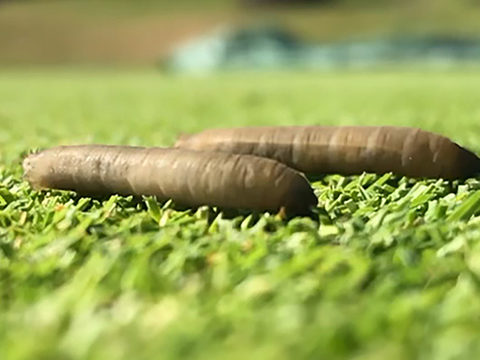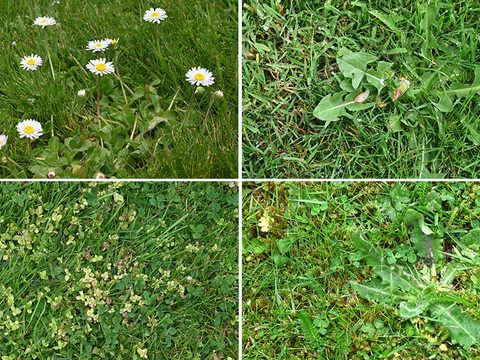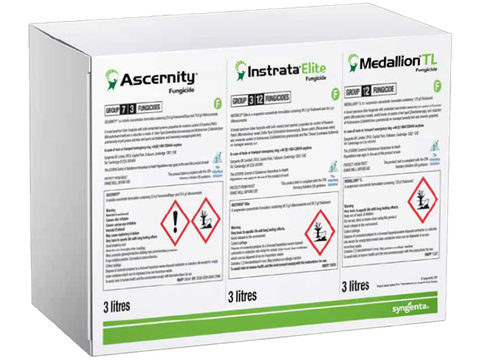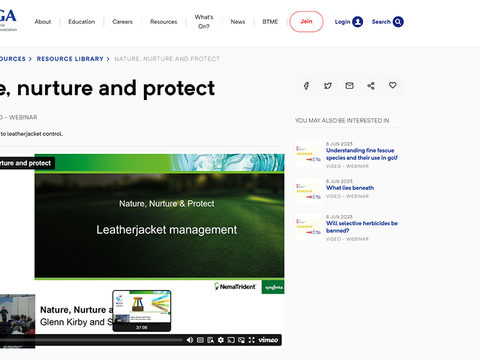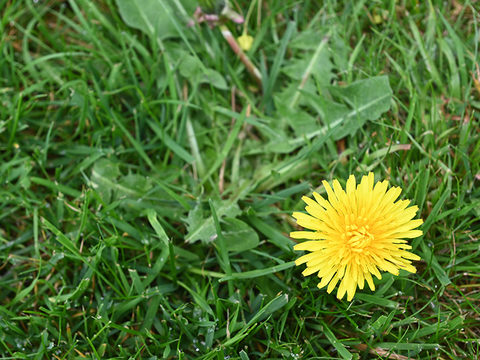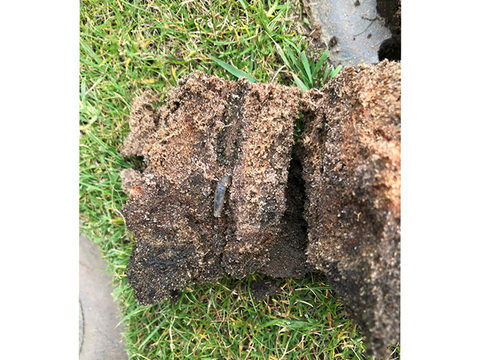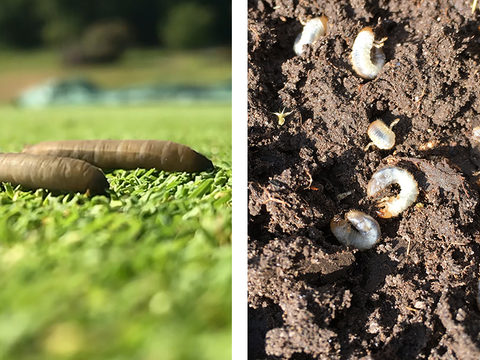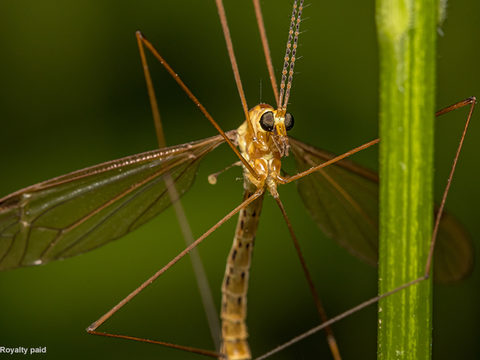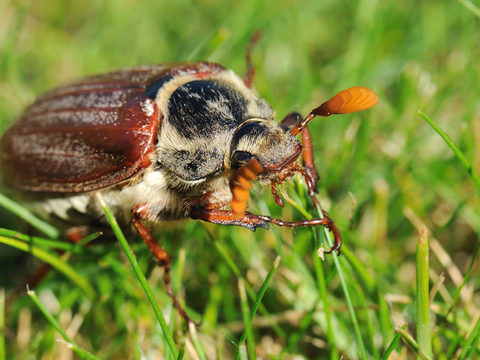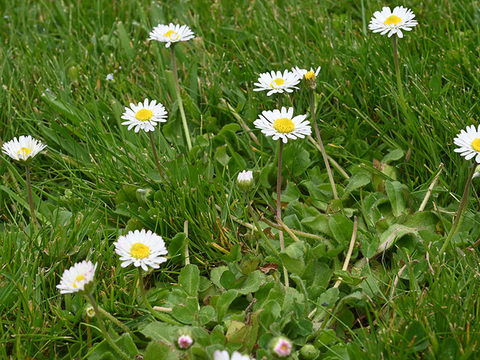Integrated leatherjacket control mapped out
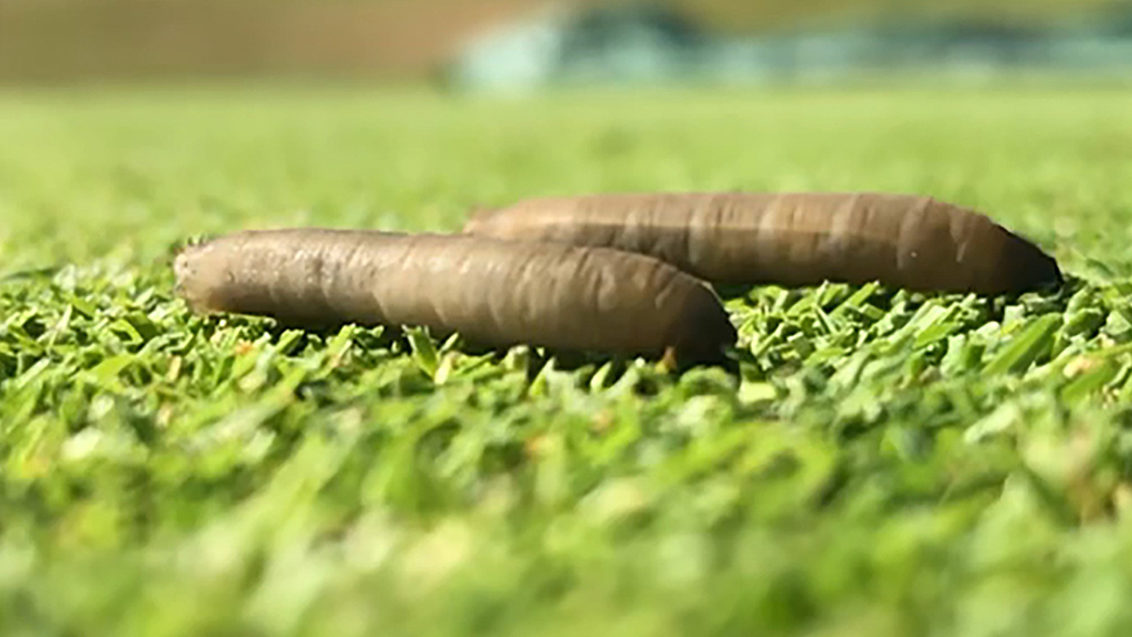
Leatherjacket larvae pose one of the most severe challenges to turf quality on affected courses. Not only does the feeding action restrict roots and disrupt surface smoothness, but the foraging of predators for larvae can cause catastrophic damage, writes Syngenta Technical Manager, Sean Loakes.
The full approval for the insecticide Acelepryn announced earlier this year, after successive seasons of Emergency Authorisation, has brought some security and advantages for the product’s use. However, there are also limitations on the area that can be treated annually.
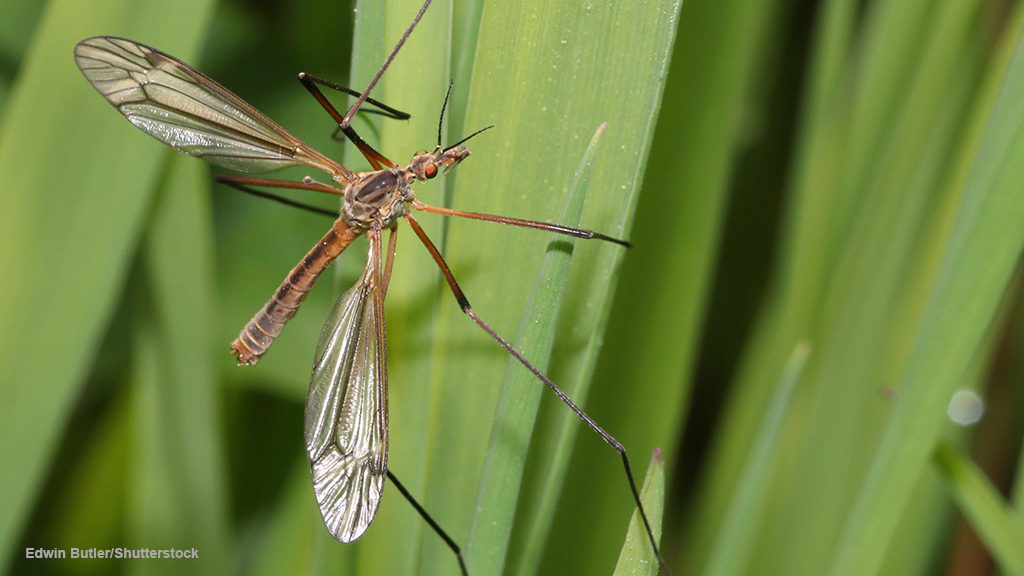
Increasingly greenkeepers and agronomists need to be looking at Integrated Turf Management (ITM) strategies across the course that can focus the insecticide use on surfaces where it will have the greatest gain, along with a full package of beneficial nematodes, cultural controls and agronomy practices that will best mitigate pest damage on all areas.
An integrated strategy of Acelepryn followed by NemaTrident beneficial nematodes provides two modes of action on leatherjacket pests. Trials have shown it enhances the consistency and reliability of turf soil pest control.
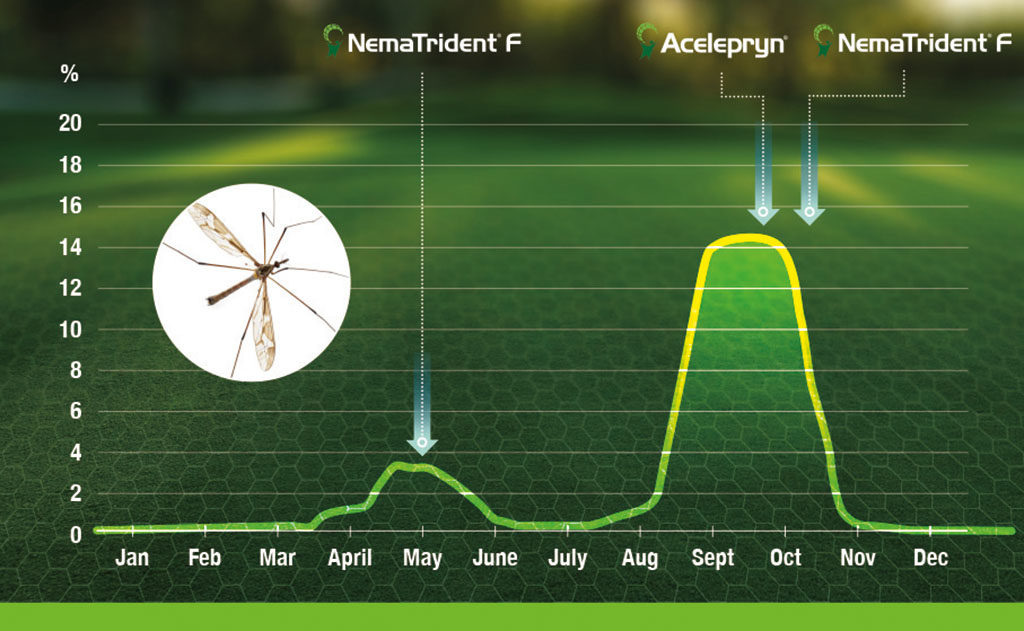
One of the key first steps would be to identify areas of the course that are at highest risk, along with areas of greatest importance for playability that cannot be compromised. Then, assess where across the course leatherjackets have historically had damaging effects, and the extent of the damage they caused.
That will immediately help to focus which surfaces are critical for protection, and which other areas stand to gain the greatest protection from Acelepryn application within the 10% limitation.
Mapping affected areas will build up a picture of damage over several years. That can include pinpoint accurate GPS location, but even marking areas on a course map, or using Google maps, will give a good guide. The advantage of digital mapping is that it allows the m2 of any areas to be precisely calculated to work out where Acelepryn can be used to its maximum level.
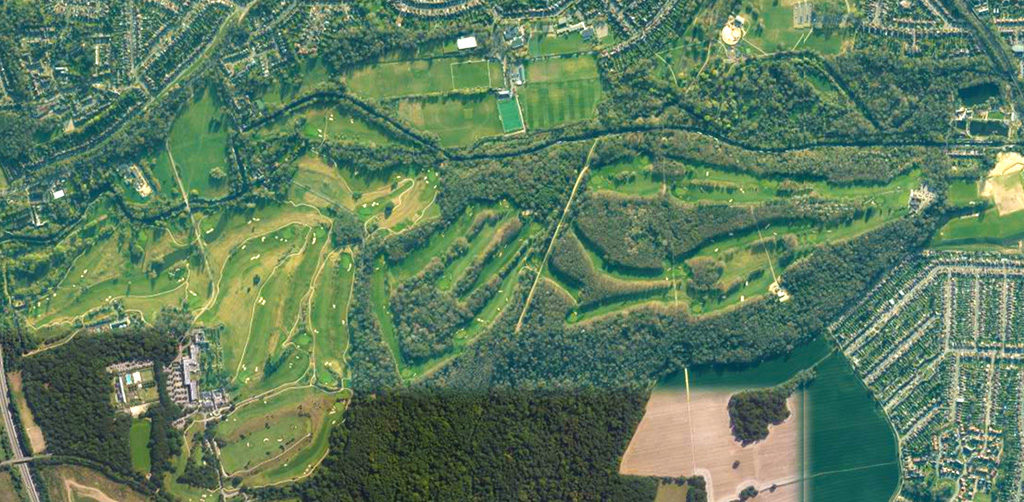
Furthermore, areas can be colour coded - red, orange, yellow and green, for example - for the severity of leather jacket damage, which can further focus priorities and enable any changes to be identified year on year to adapt ITM strategies accordingly.
Within the mapping process it is also worth recording any aspects that might influence the options for effective ITM measures, including irrigation availability through the treatment period of leatherjacket larvae that is necessary for best results, for example.
Across all affected areas of the course and any treatment strategies, ITM measures that encourage stronger root growth and improved plant health will help to limit the effects of direct feeding damage by leatherjackets.
Well proven techniques include a Primo Maxx II programme that has been shown to promote better rooting and root retention over the summer, along with an effective Qualibra wetting agent programme to encourage deeper rooting. All underpinned by ensuring adequate nutrition to promote roots and help plants compensate for leatherjacket activity.
Furthermore, investment in other ITM tools, such as Hicure biostimulant and Ryder pigment, could be justified on areas identified as under high pest pressure, where their use can generate more resilient turf to withstand greater damage and mask the effects to maintain better playability.
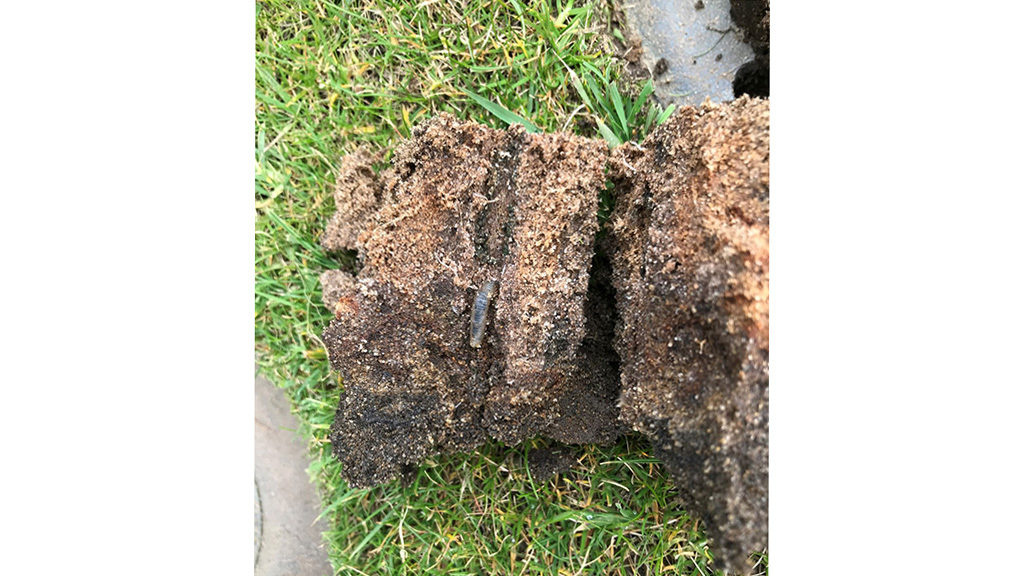
At the same time, cultural techniques including sheeting and mowing height, along with aeration timing and techniques, are being researched as a means to minimise the effects of leatherjacket damage - which could see practices adjusted and tailored according to the severity of pest pressure on specific areas of the course.
However, cultural ITM measures will only reduce the impacts of leatherjacket activity by a certain amount.
That might be acceptable for some areas of the course, but not sufficient on greens or approaches, for example, or on more severely affected areas. Furthermore, cultural controls do not, by themselves, reduce the larvae pest population – which still leaves the turf particularly susceptible to damage from foraging predators, including badger and corvids.
Acelepryn is the single most effective option to reduce larvae numbers. However, with the extended duration of leatherjacket life cycle on some sites creating mixed sizes of larvae to be tackled, along with the limitation to only one application per year, research has shown the consistency and overall reliability of results can be enhanced when its use is integrated with NemaTrident beneficial nematode applications.
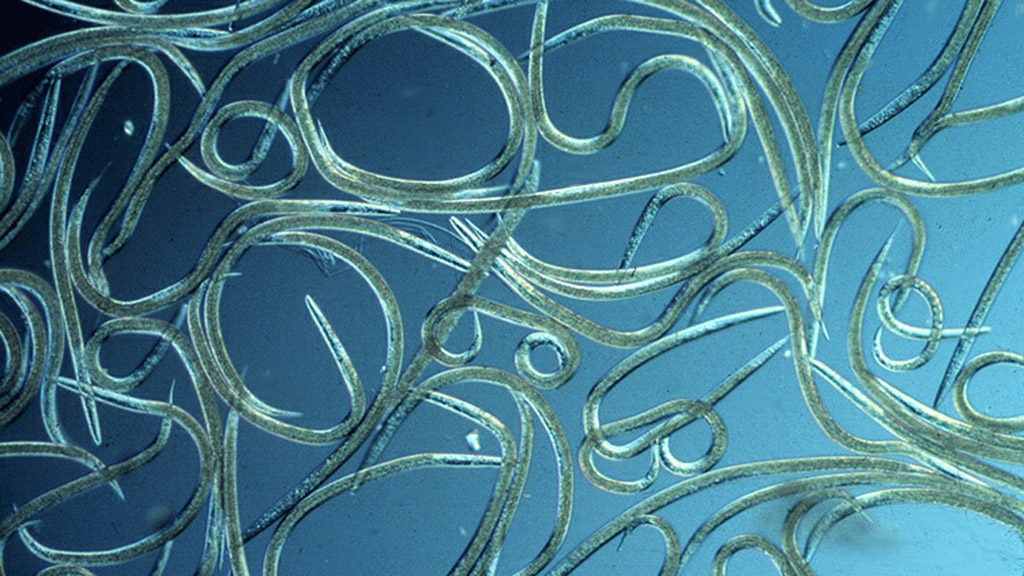
Research studies in the US have shown that where pest larvae are weakened by an Acelepryn application, they are then more susceptible to attack and being overwhelmed by applied beneficial entopathogenic nematodes.
That is particularly important for larger late instar larvae, which may be able to recover from the effects of an Acelepryn application or withstand a soil population of nematodes, but not the combined effects of both the insecticide and the NemaTrident together.
Trials have consistently shown that together, the sum of the combination of a well-timed Acelepryn application, followed by NemaTrident within a week, is more effective than either of the two products used individually.
Leatherjacket ITM research in 2022 - in a relatively high-pressure situation with 100 larvae per m2 in the untreated - showed a 65% reduction in larvae population with the NemaTrident F, along with 89% control from Acelepryn alone; where the two components were used in sequence the trial resulted in complete larvae control.
The Syngenta cost-effective recommendation for this integrated approach is for one application of Acelepryn at 0.6 l/ha, followed by NemaTrident F at a rate of 2.5 billion nematodes per hectare. However, where NemaTrident is being used alone, without Acelepryn, two applications should be made 14 days apart, to total five billion nematodes per hectare.
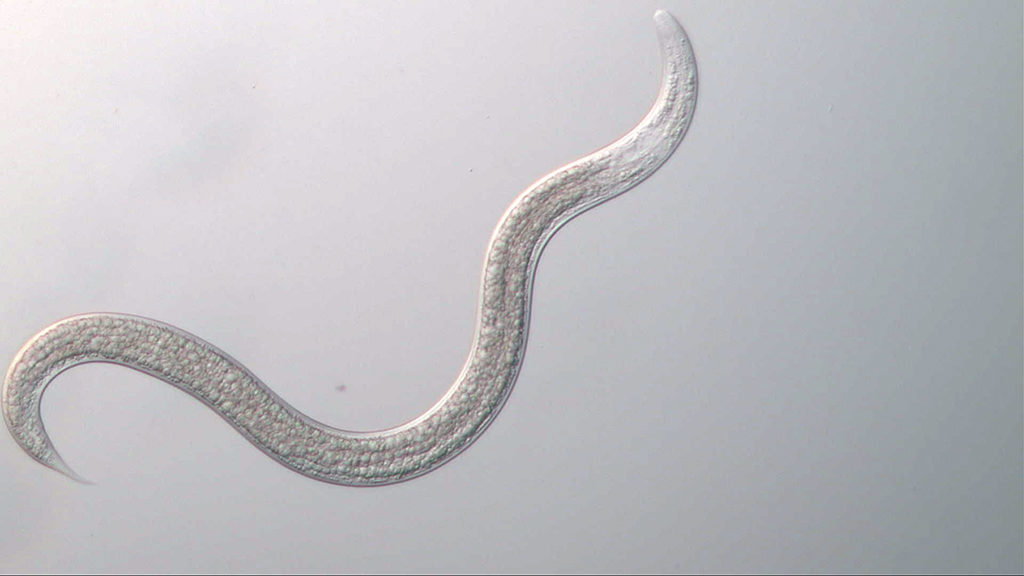
NemaTrident F is the nematode species Steinernema feltiae, selected specifically contain and transmit a fatal bacteria to infested leatherjackets. It is also a nematode species that is active at soil temperatures above 8⁰C, which makes it particularly suitable for autumn applications, but must be utilised before soil temperatures fall too far.
Research in the laboratory confirms that NemaTrident nematodes can be highly effective in controlling leatherjacket larvae. However, they can be quickly adversely affected if conditions are not suitable for their survival and activity in the soil.
Nematode research has highlighted the requirement for soils to remain moist through the control period. Soil moisture is necessary for nematodes to survive and to move through the surface film to seek out leatherjackets, along with creating conditions where leatherjacket larvae will move and come into contact with more nematodes.
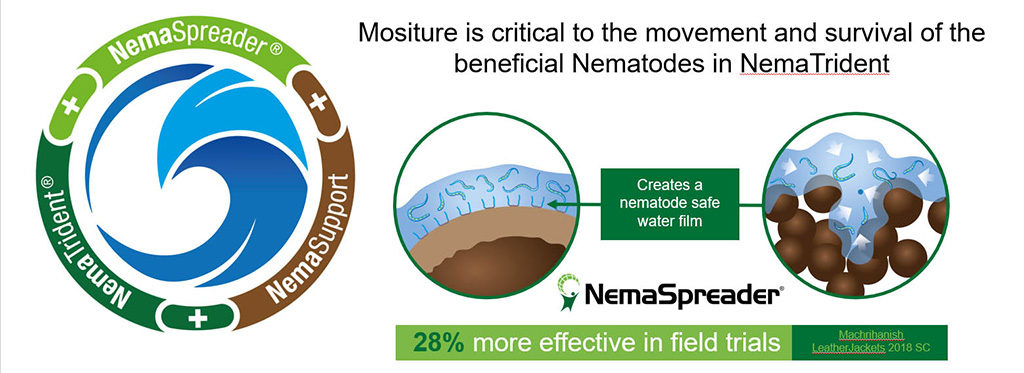
That can be specifically aided with the use of NemaSpreader, which should always be applied with NemaTrident and has been shown to consistently enhance results by 30%, compared to the nematodes alone. Furthermore, wetting agent strategies and irrigation can help to create the optimum conditions for nematodes to perform.
In fact, if soil conditions are dry and soil moisture levels cannot be increased by irrigation in an important area that is regularly hit by leatherjacket damage, greenkeepers should consider prioritising their 10% allocation of Acelepryn on that area, and focus NemaTrident treatments on areas where soil conditions may enable them to deliver greatest success.
The efficacy of nematodes is in part a numbers game. The more nematodes applied and the better the conditions, the greater chance that leatherjackets will be infested by sufficient individual nematodes to kill it. Huge populations of NemaTrident nematodes are applied – with 2.5 billion per hectare in each application equating to quarter of a million nematodes per m2, or 250 per cm2. To achieve the maximum number, and the greatest chance of success, requires close attention to the storage, mixing, application and aftercare of the turf surface to maintain moisture.
No two courses will require precisely the same approach, but adopting and tailoring integrated strategies for leatherjacket control on specific areas can ensure the optimum use of Acelepryn and NemaTrident on the most appropriate surfaces, along with the most effective overall results across all the course.


